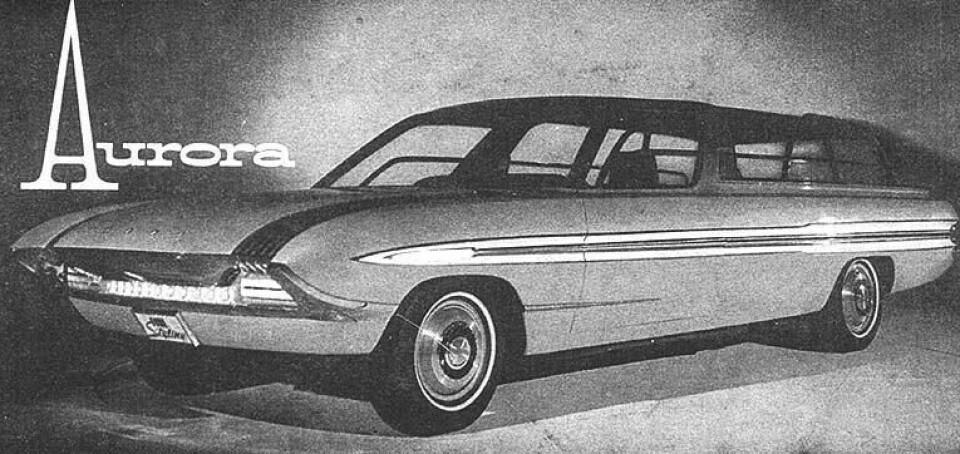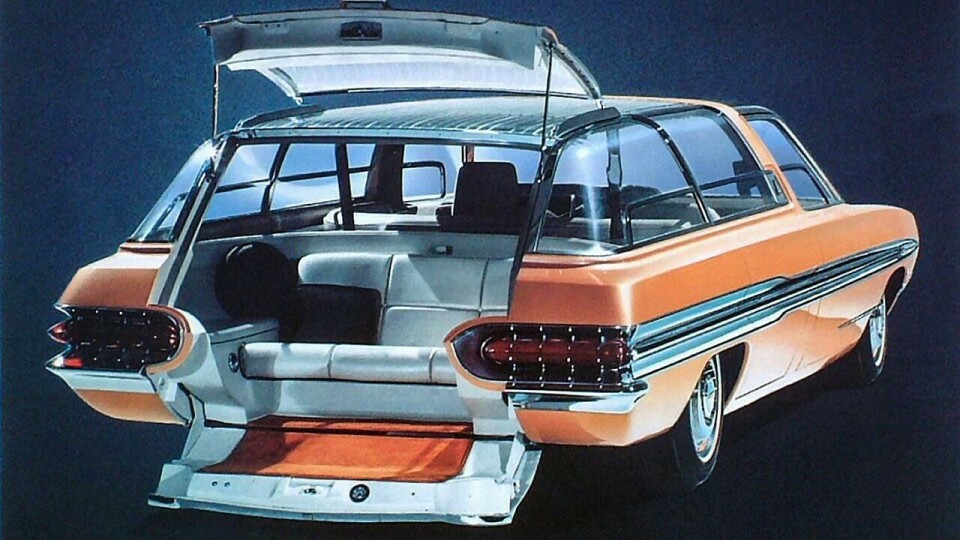
Concept Car of the Week: Ford Aurora (1964)
Launched at the World’s Fair in 1964, the Aurora was Ford’s vision of the family hauler for the baby boomers
Over the previous decade, station wagons had risen from their utilitarian origins as haulers of people and luggage that served the local rail line, to cars that were designed for the suburban driveway. Luxurious amenities introduced previously unknown comfort, but their designs often still spoke of a bygone era – more train station than space station. The Ford Aurora concept, introduced at the 1964 New York World’s Fair, was created to correct this problem.
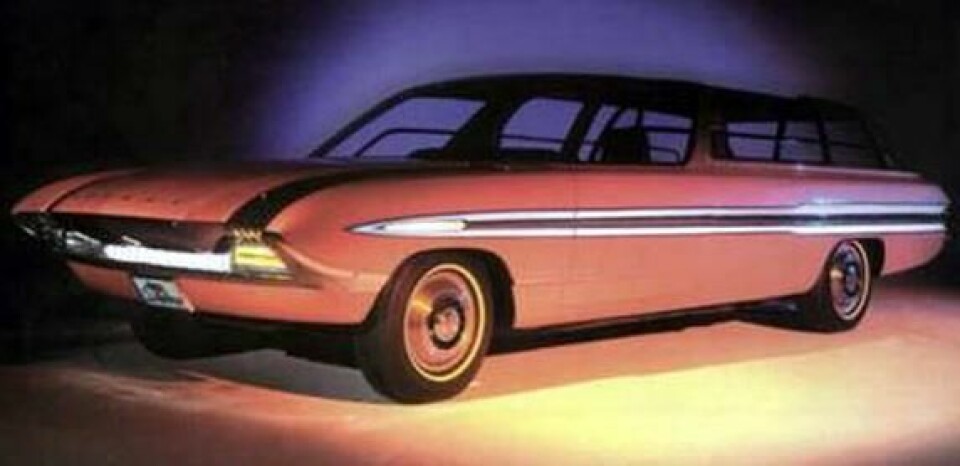
The Aurora’s exterior didn’t look terribly futuristic. It was definitely sleeker than most contemporary wagons, especially Ford’s own dowdy offerings, which were selling a distant third behind GM and Chrysler (even the lowly Rambler was poised to overtake Ford in wagon sales).
Still, the Aurora had some strong futuristic features. The imitation wood paneling that was standard on most Ford wagons was refreshingly absent, replaced by a blue “electro-luminescent” light feature that stretched along the entire length of the car, and served as a set of running lights while the Aurora was in motion. The headlights were not individual units, but a bank of twelve, one-inch sealed beams stretching across the front of the car.
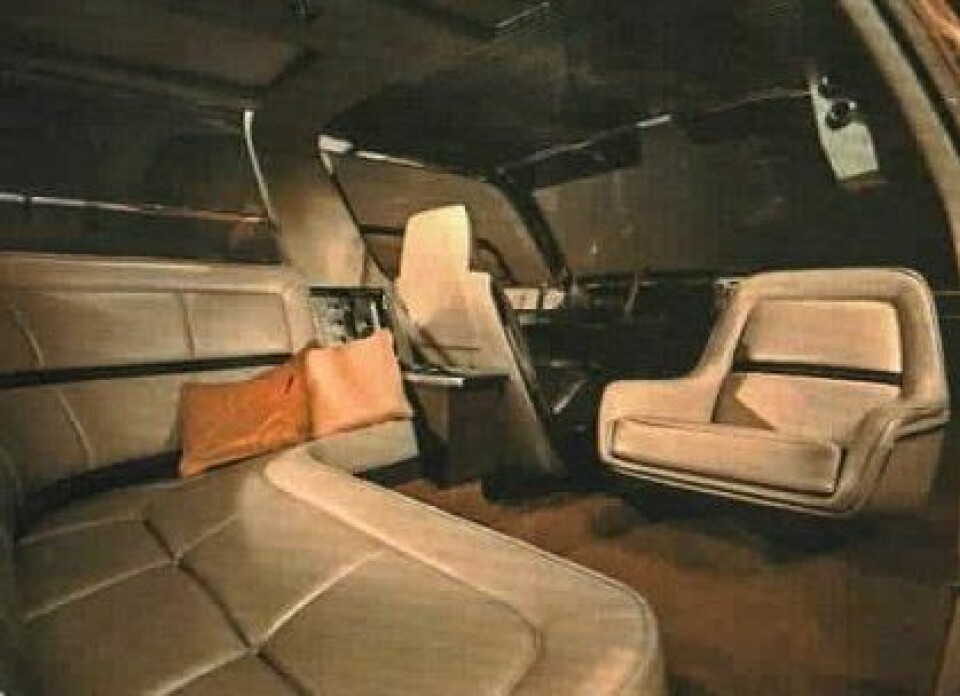
The glasshouse was not limited to traditional windows, but advanced glazing that curved over and above the roof edge to create panoramic views, and increase interior light. The front windscreen glazing curved up seamlessly into the roof, where an adjustable polarising shading system kept the front occupants cool. A prominent B-pillar seemed to be the sole support for the roof of the car. The A-pillars were whisper thin, merely frames for the glazing, while the D-pillars framed the tailgate at the rear.
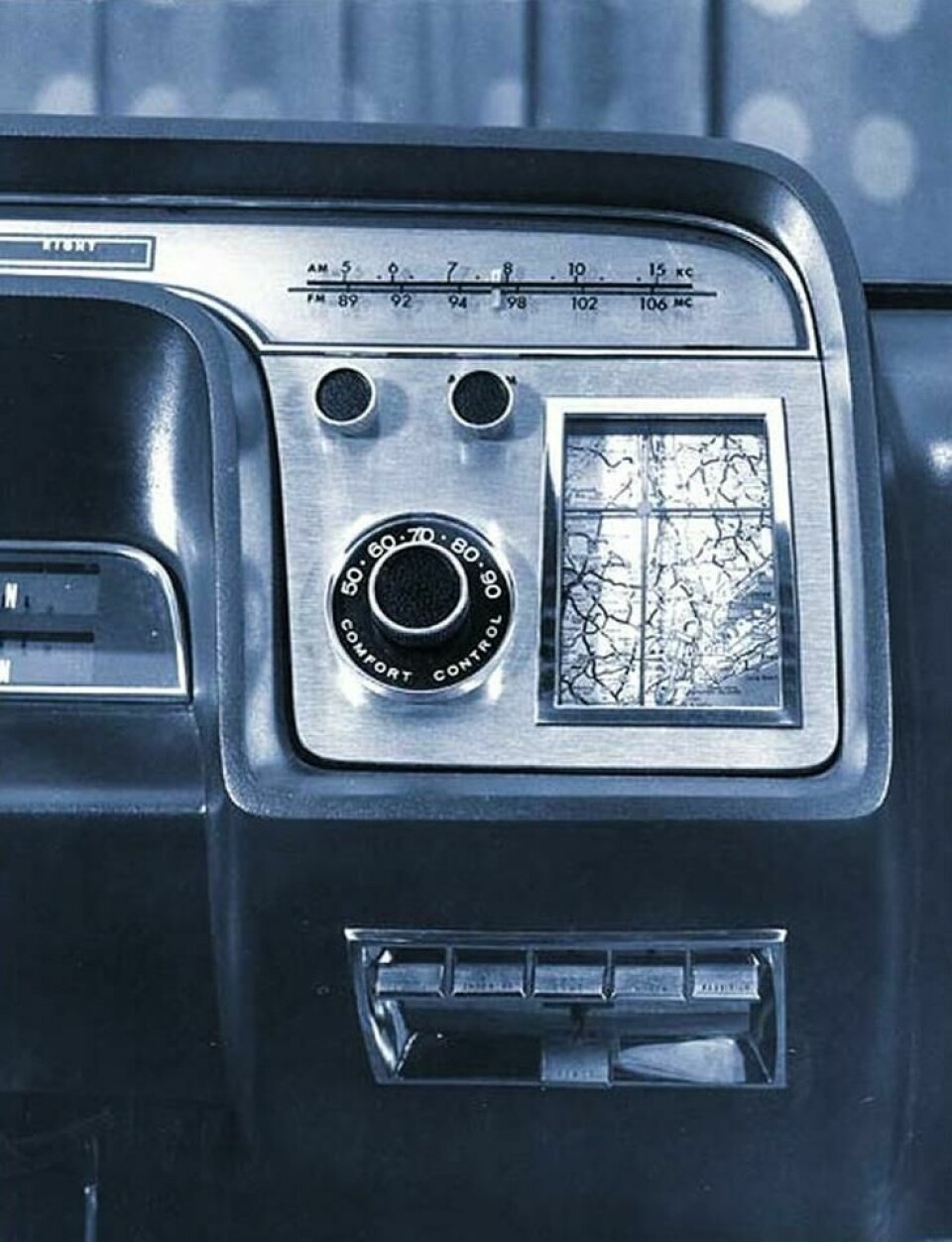
But it was in the interior of the Aurora that Ford fully revealed its vision for a family cruiser of the future. The cabin was divided into three zones – the driver’s cockpit, the interior lounge, and the children’s area at the rear, dubbed the “romper room”.
In the centre of the car was a lounge, with an L-shaped middle seat. The front passenger seat, a sleek modern armchair, swivelled to face rear passengers, creating a social space. Immediately behind the driver was a refrigerator/oven unit and a cooler for food and drink. The lounge, like all of the zones, had its own AM/FM radio. And, naturally, for the television age, a flat (for the time) screen TV was mounted high on the B-pillar, above the front passenger seat.
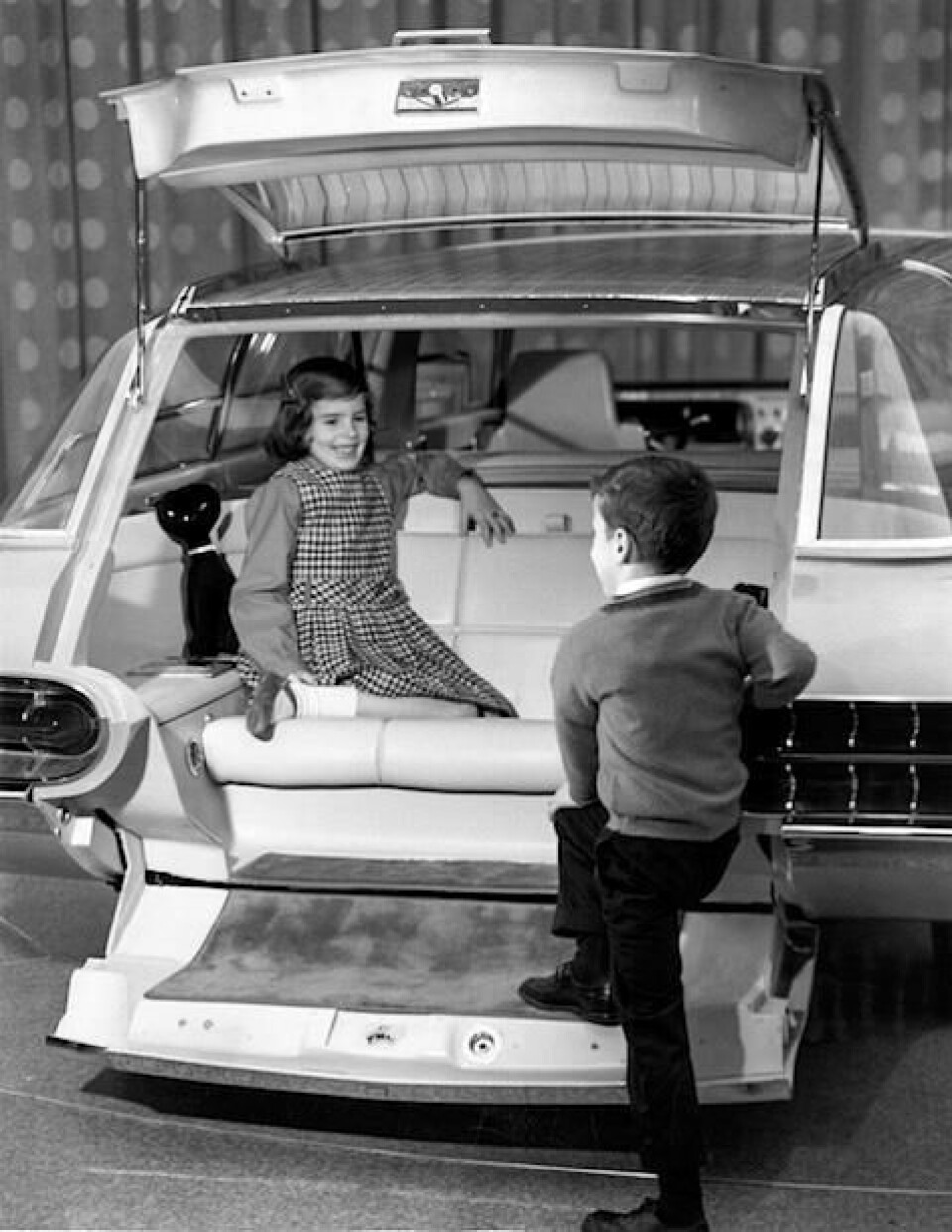
At the rear, a clamshell–type tailgate, with counterbalanced top and bottom sections, allowed for easy access to a rear-facing seat. The lower gate dropped almost to ground level and was carpeted for ease of entry – even for small children.
This “romper room” had storage for toys, and a radio which doubled as an intercom. And perhaps the best feature of all, a sliding glass partition was positioned between the kids’ zone and the lounge, rising and lowering as the parents wished, separating kid noise from the parents.
No production car ever duplicated the Aurora’s interior, though its influence was felt in later wagons, and in the development of the minivan some two decades later. Much of its technology was also seen in production, from its cruise control, to its variable-ratio steering, and its forerunner of sat-nav that appeared almost 30 years later in a production Ford car. It seems to be one of those designs more influential than successful.
Another part of the problem was that the same World’s Fair played host to the debut of a sleek new coupe, introduced by a brash young Ford executive who proclaimed the dawn of a new era in American cars. That executive’s name was Lee Iacocca, and the sleek new coupe he so proudly introduced: the Ford Mustang.
